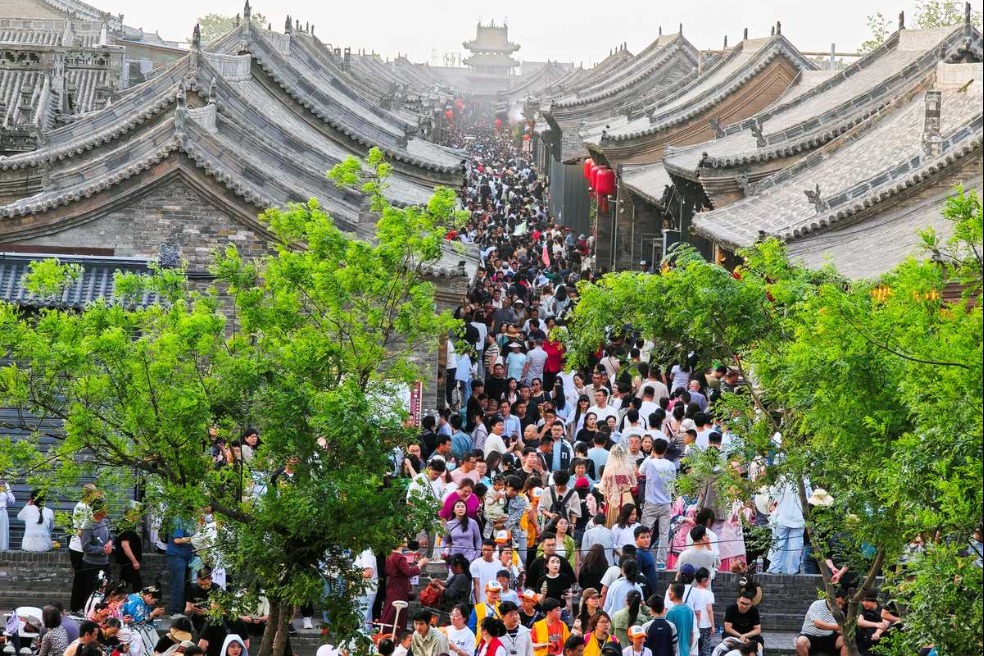Hole in protective layer on road to recovery in decades

A hole found in the ozone layer, which protects lives on the Earth by shielding it from the sun's most harmful rays, is on track to recover in the next four decades, according to a United Nations-backed panel of experts.
The panel also found that the treaty that made that possible has played a big role in mitigating climate change.
A colorless active gas, ozone reacts readily with a great many other substances. It is listed as one of the major air pollutants near the ground, as even relatively low amounts of the gas can cause lung damage and result in shortness of breath.
However, the ozone layer, about 20 kilometers above the ground, helps shield the Earth from harmful ultraviolet radiation known as ultraviolet B.
After the discovery of the ozone hole in the 1980s, the Montreal Protocol on Substances that Deplete the Ozone Layer was adopted in 1987 to regulate the production and consumption of nearly 100 human-made chemicals that deplete the ozone layer. It has since been ratified by 198 parties.
The latest quadrennial assessment report by a UN-backed scientific assessment panel said the accord has succeeded in safeguarding the ozone layer.
If current policies remain in place, the ozone layer is expected to recover to 1980 values by around 2066 over the Antarctic, by 2045 over the Arctic and by 2040 for the rest of the world, according to a report by the panel published in late 2022.
Variations in the size of the Antarctic ozone hole, particularly between 2019 and 2021, were driven mainly by meteorological factors, it said. Nevertheless, the area and depth of the Antarctic ozone hole have been slowly decreasing since 2000.
The report also reaffirmed that the treaty has played a positive role in climate change mitigation.
It said new studies supported previous assessments that the decline in emissions of ozone-depleting substances due to compliance with the Montreal Protocol would reduce global warming by approximately 0.5 to 1 C by midcentury compared to an extreme scenario in which ODS emissions increased by 3 to 3.5 percent a year.
A 2016 amendment to the Montreal Protocol, known as the Kigali Amendment, is also expected to contribute to the global endeavor to cope with global warming, the report said.
The amendment calls for a gradual reduction in the consumption and production of hydrofluorocarbons, which are used to replace ODS in foam-blowing agents and refrigerants but are powerful heat-trapping gases.
Compliance with the Kigali Amendment will help reduce global warming by 0.3 to 0.5 C by the end of this century, the report said.
- China sees record rail passenger trips, freight during May Day holiday
- Trapped tourist, cyclists rescued over May Day holiday
- China launches campaign to curb food additive abuse
- Enhanced safety measures urged in scenic spots, tourism facilities
- Govt ministries launch targeted nationwide job hiring campaign
- Harbin tourism booms during May Day holiday





































